Have you ever been captivated by the intricate beauty of braided hairstyles? From elegant updos to trendy bohemian looks, braids have an undeniable allure that transcends time and cultures.
Let's embark on a journey to uncover the fascinating origin and history of braids, and discover the stories woven into these timeless and versatile styles.
Braids are not merely hairstyles; they are cultural artifacts with deep historical roots.
Throughout centuries, people across different civilizations and continents have embraced braiding as a form of expression, identity, and artistry. Exploring the origin and history of braids allows us to understand the cultural significance behind these intricate weavings.
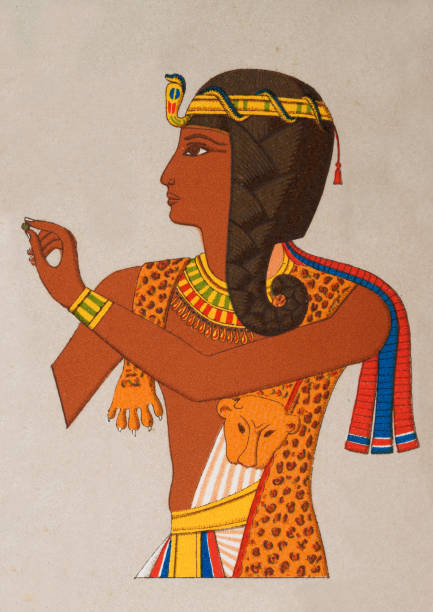
Image: Getty Images
From ancient societies that used braids for practical purposes to modern interpretations influenced by fashion trends and social changes, the evolution of braiding techniques and styles is a testament to human creativity and ingenuity.
By delving into the captivating history of braids, we gain a deeper appreciation for the cultural diversity and symbolic meanings associated with these timeless hairstyles.
The Early Origins of Braids
Braids, with their intricate interweaving patterns and timeless appeal, have a history that reaches far back into the annals of human civilization. But where did it all begin?
Ancient Egypt and African Indigenous Cultures
Braids are thought to have originated in Africa, with many cultures adopting the style and making it their own. One of the earliest examples of braids can be seen on the Lady of Aguilafuente statue dating back to around 4,500 BC.
In ancient Egypt, braids were not only a fashion statement but also a symbol of social status. Wealthy women would adorn their braids with gold and jewels to show off their wealth and power.
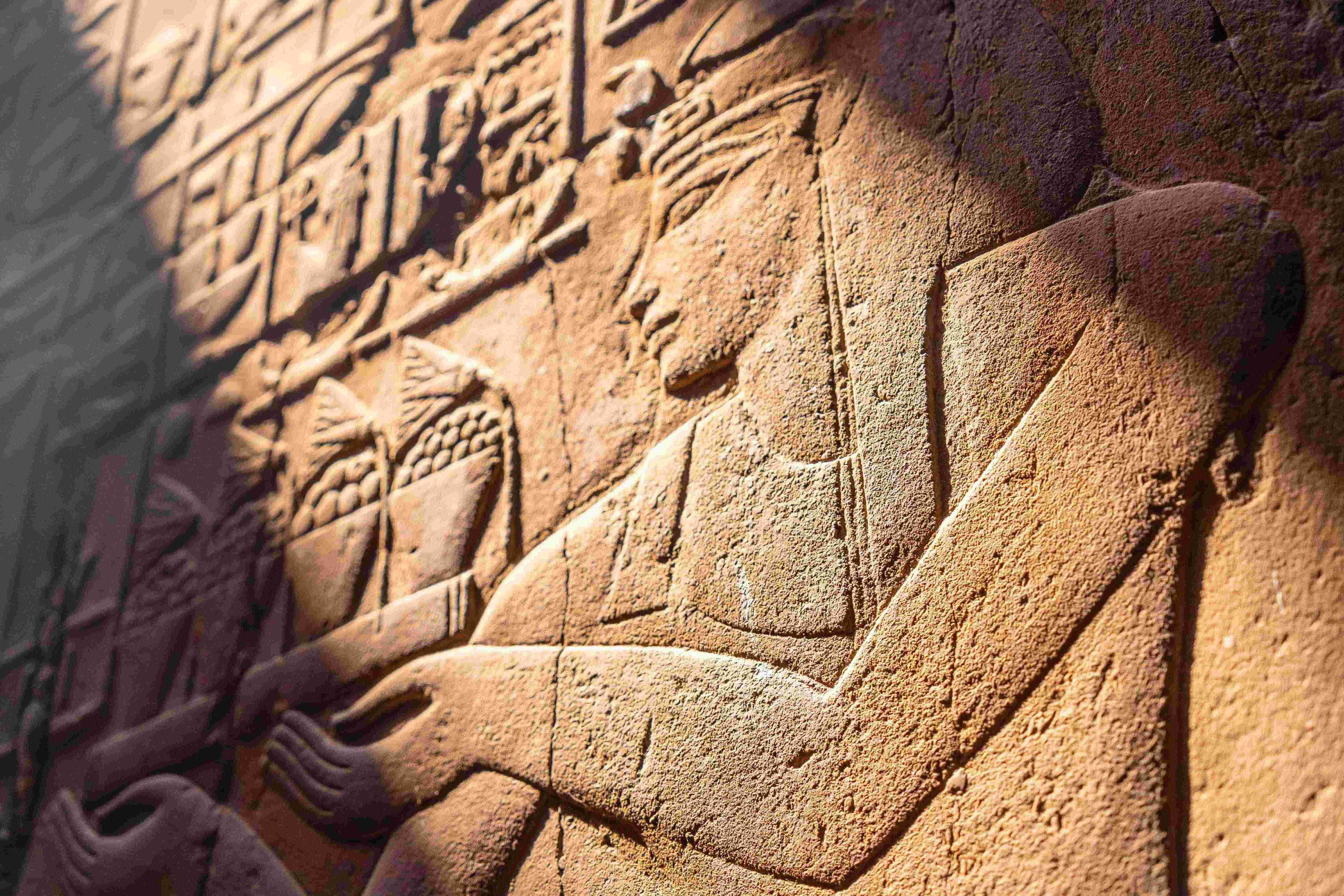
Cleopatra's Braids
Braids were not only a hairstyle but held significant cultural, practical, and symbolic importance in Egyptian society.
Braids in ancient Egypt also held religious significance. They were seen as an expression of devotion to deities and were intricately incorporated into ceremonial and religious practices. Some individuals even believed that the gods themselves wore braided hairstyles, further elevating their significance.
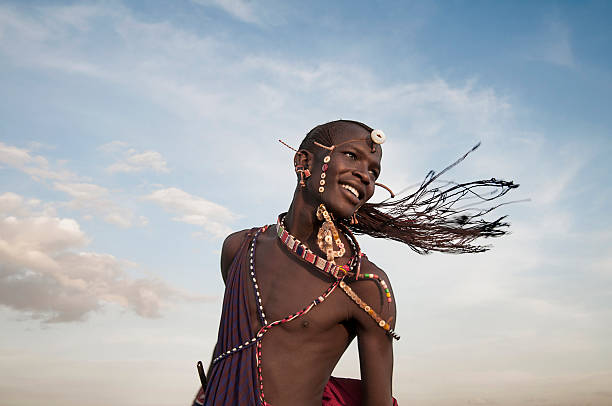
Image: Getty Images
Archaeological evidence, including ancient artwork and artifacts, provides valuable insights into the braiding techniques and styles of ancient Egypt. The Egyptians employed various braiding methods, including the use of natural fibers, such as flax and palm leaves, alongside hair extensions and accessories to enhance the intricate patterns.
Other Ancient Civilizations
In Greek and Roman cultures, braids were a popular hairstyle for both men and women. Soldiers often wore braids to keep their hair out of their faces during battle, while women would braid their hair into intricate patterns for special occasions.
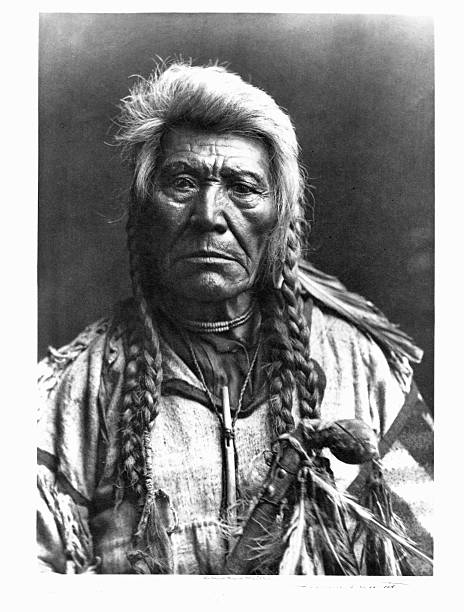
Image: Getty Images
In Native American cultures, braiding was a way to communicate a person's tribal affiliation, family lineage, and individual achievements. Different tribes developed unique braiding techniques and styles that reflected their distinct cultural practices and values. Each braid pattern and design conveyed specific meanings, forming a visual language within their communities.
Braiding also played a vital role in storytelling and preserving tribal history. Elders passed down intricate braiding techniques and styles from one generation to the next, along with the stories and traditions associated with them.
Early Braiding Techniques and Styles
These early braiding traditions laid the foundation for the diverse range of intricate hairstyles we see today. By exploring the origins of braiding, we gain insight into the rich tapestry of human heritage and the enduring appeal of this age-old art form.
Cornrows
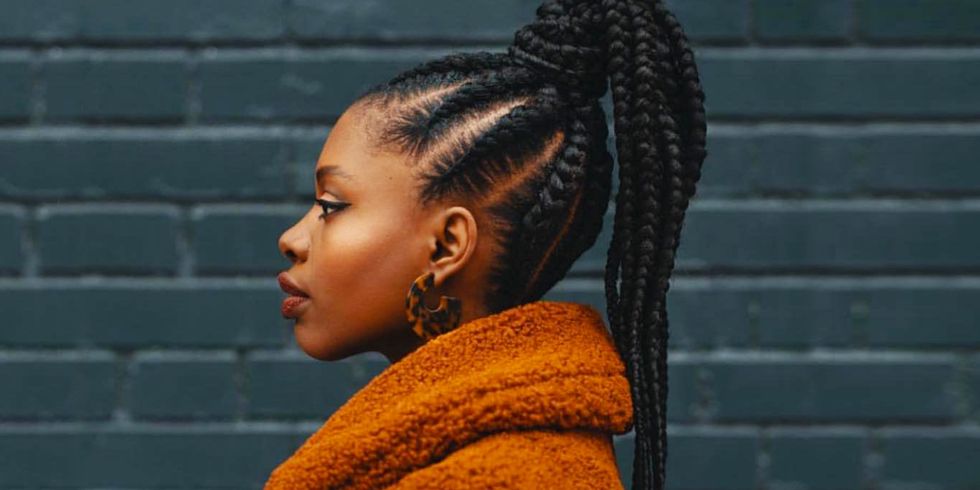
Cornrows Goddess Braids
Cornrows have been worn throughout Africa for centuries. Legend has it that the style originated in Ethiopia and was popularized by the Zulu tribe in South Africa. The style is characterized by rows of tight braids close to the scalp, which may be decorated with beads or shells. It is believed that cornrows signify status, age, and other aspects of an individual's identity. The style was popularized in North America during the 1970s when the African-American community embraced it.
Box Braids
Box braids are a type of hairstyle consisting of small sections of hair being braided and secured. The style is believed to have originated in Africa and was popularized in the United States during the 1990s.
The style is characterized by its distinct square-shaped parts created by braiding small sections of hair around a single braid. Box braids can be worn up or down and accessorized with beads, shells, and other decorations.
French Braid
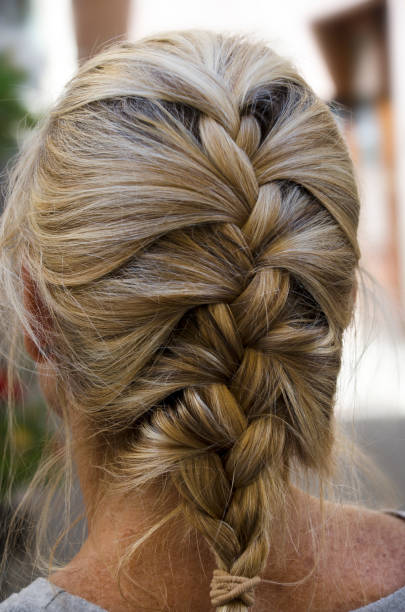
Image: Getty Images
The French braid is a classic hairstyle that has been popular for centuries. The style originated in France during the 1800s and was popular among aristocrats. It is characterized by three strands of hair intertwined to create a braid. The style is traditionally worn down the back of the head and can be accessorized with ribbons and bows. The French braid has remained a popular hairstyle and can be seen in celebrities and everyday people.
Fulani Braids
Fulani braids are a type of hairstyle characterized by cornrows that are adorned with beads or shells. The style originated in Africa and has been worn by the nomadic Fulani people for centuries.
The style is traditionally seen as a sign of beauty, strength, and independence among the Fulani people. Today, the style has become popularized worldwide thanks to its stylish and unique look.
Viking Braids
Viking braids are a hairstyle that originated in Scandinavia during the Viking Age. The style is characterized by intertwining two or more strands of hair to create a braid. Men and women often wore the style, but most famously by Vikings. The style is believed to have been a symbol of strength and honor. It has come back recently and can be seen in celebrities and everyday people.
The Evolution of Braids
Braids have undergone a remarkable evolution throughout history, adapting to different cultures, fashion trends, and societal influences. From their ancient origins to modern-day styles, the evolution of braids showcases their enduring popularity and versatility.
From Medieval Europe to African Diaspora
While the ancient Greeks favored simple braids, other cultures took the hairstyle to new levels, using intricate patterns and colorful adornments.
-
In China, the most popular braid style was the chongshan, a long braid that hung down the back. To create this look, women would use human hair or silk thread.
-
During the Victorian era, braids became increasingly popular, with many young girls wearing their hair in braids. This was partly due to the influence of Queen Victoria, who was often photographed with her hair in braids.
-
In the early 20th century, braids fell out of fashion in Western cultures. However, they remained popular in Africa and other parts of the world.
-
In the 1970s, braids came back in the West, thanks to the popularity of films like The Fighter and The Wiz.
-
Today, braids are more popular than ever, with celebrities like Kylie Jenner and Kim Kardashian often sporting the style. Braids come in many forms, from simple and elegant to complex and colorful.
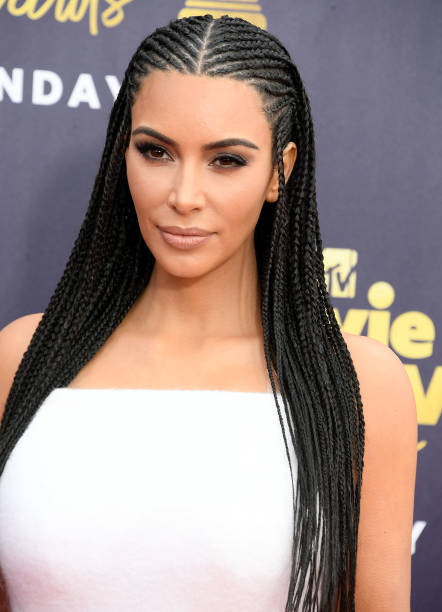
Image: Getty Images
Some of the most popular include French braids, fishtail braids, box braids, and Dutch braids. With so many options available, it's no wonder that braids have become a go-to hairstyle for special occasions and everyday wear.
Why Braids Still Remain Popular Today?
Braids continue to be popular today because of their versatility and timelessness. Braided styles can be worn in various ways, from fun and flirty to formal and sophisticated. The style is easy to maintain and lasts for days or weeks.
Braids are also a great way to express your style and personality. Whether you're looking for a classic look or something more modern, a braid style fits the bill. From intricate cornrows to simple French braids, the possibilities are endless. No matter how you wear it, one thing is certain: Braids will never go out of style!
Cultural Appropriation
Cultural appropriation is a contentious and highly debated issue that arises when elements of one culture are adopted or commercialized without proper understanding or respect for their cultural significance.
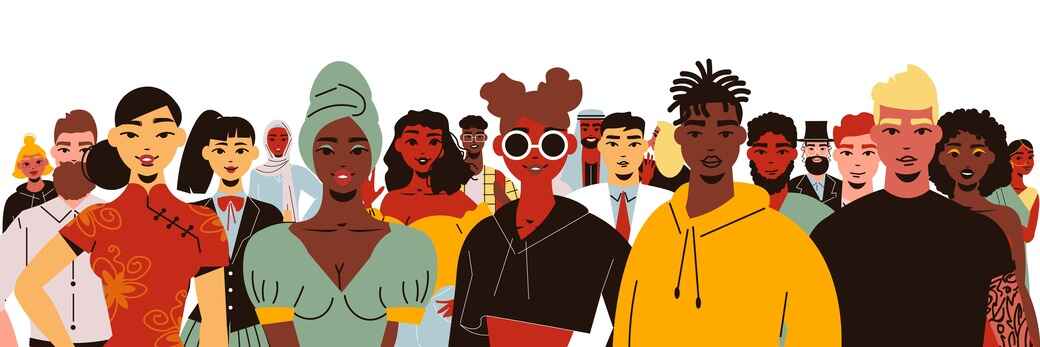
hair braiding cultural appropriation
One area where this issue frequently arises is in the context of braids.
Braids have a long history and hold deep cultural significance in various communities worldwide. However, in recent times, braids have been appropriated and commodified as mere fashion trends, often without acknowledgement or appreciation of their origins.
The Contemporary Art of Braiding
In today's world, braiding has transcended its traditional roots to become a captivating and dynamic art form. Far beyond a simple hairstyle, braiding has evolved into a realm of artistic expression and creativity.
The Many Uses
Braids have not only evolved but they have also been used for a variety of purposes. In many cultures, braids were and are still used to denote social status. For example, in China, married women wore their hair in chongshan braids, while unmarried women wore jiatuo braids. In Africa, various tribes use different braid styles to indicate age, marital status, and tribe affiliation.
Braids have also been used as a form of self-expression. In the 1970s, many African-American women wore cornrows to express their African heritage. Today, people of all cultures use braids to express their style.
Braids have also been used as a form of currency. In some cultures, women would exchange braids as a form of dowry. In others, braids were given as a way to show appreciation or as a sign of respect.
The Cultural Significance
Braids have always been more than just a hairstyle; they also have cultural significance. In many African cultures, braids signify age, social status, and marital status. In China, the number of braids a woman wore was often an indicator of her wealth and status. And in Native American cultures, braids were often worn as a sign of strength and courage. And in parts of Europe and Asia, married women sometimes wore braided hairstyles to symbolize their marital status.
Modern Braiding
In the modern era, braiding has experienced a resurgence in popularity as a versatile and creative hairstyle choice. From classic French braids to intricate cornrows and trendy fringe, modern braiding techniques cater to various hair types, lengths, and styles.
In the modern era, braiding has experienced a resurgence in popularity as a versatile and creative hairstyle choice. From classic French braids to intricate cornrows and trendy box braids, modern braiding techniques cater to various hair types, lengths, and styles.
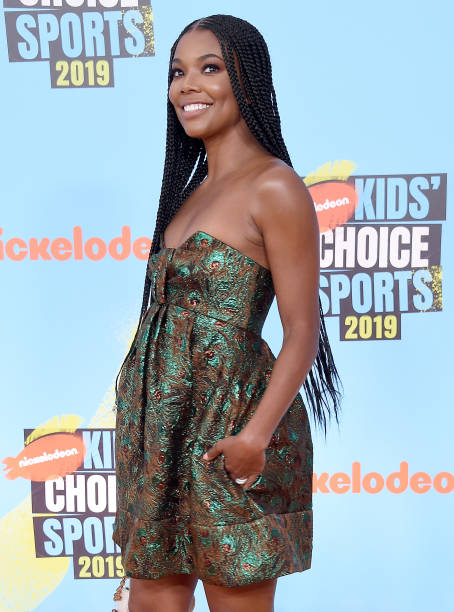
Image: Getty Images
Beyond fashion, modern braiding offers practical benefits. Braids provide convenience, durability, and protection, particularly for those with natural or textured hair. They can help prevent damage, promote hair growth, and simplify daily hair care routines.
There is no doubt that braids will continue to be popular in the years to come. With so many different types to choose from, there is a braid style to suit everyone. Whether you're looking for a practical or fashionable hairstyle, braids are sure to be a perfect choice.
Conclusion
Braids are one of the oldest hairstyles in the world, with centuries of beauty history behind them. From cornrows to French braids to Fulani braids, each style has its unique history and is a testament to the rich cultural heritage of our ancestors.
No matter what type of braid you choose, it is sure to be a stylish and beautiful look that will stand the test of time! We hope this blog post gave you some insight into the fascinating history behind braids. Happy braiding!










